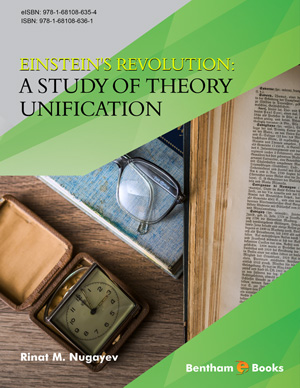Abstract
Flow patterns for a circular cylinder with fluid slip have been described experimentally using a cylinder with a highly water-repellent surface with Reynolds numbers Re-ranging from Re = 20 to 150. In addition, the stream lines of the flow past a circular cylinder have been analyzed in the Reynolds numbers 20 and 50 by using the fluid slip boundary condition described in Chapter 1. The analytical results agreed well with the experimental results obtained by the flow visualization. Flow separation can often result in increased increasing drag, particularly pressure drag which is caused by the pressure differential between the front and rear surface of the cylinder as it travels through the fluid. The delay in the flow separation is associated with a significant reduction in the drag. The results showed that the separation point of a cylinder with a highly water-repellent surface moves downstream compared to that of a smooth surface cylinder. This phenomenon is conducive to drag reduction with a fluid slip. The drag reduction ratios for tap water obtained from this calculation are 15% and 10% at Re = 20 and 50, respectively. The Strouhal number of a cylinder with fluid slip increases in comparison with the value for a smooth surface cylinder with no fluid slip.
Keywords: Drag reduction, external flow, circular cylinder, flow drag, highly water-repellent wall, Strouhal number, wake, separation, fluid slip, drag coefficient, velocity defect, streamline.








.jpg)




